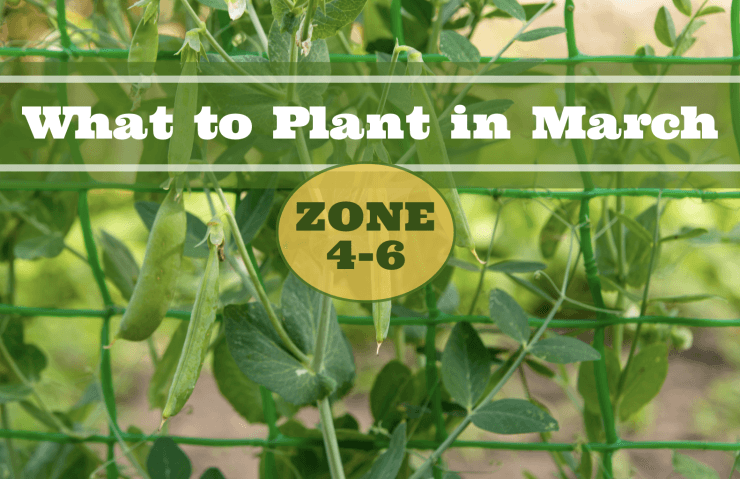
March in zones 4-6 is when every slightly warmer day has us pressing our noses against windows, watching for the first signs of spring. While our gardens might still be sporting patches of snow, March is actually a crucial month for starting our growing season. No, we’re not quite ready to dig in the dirt outside (though I know you’re tempted), but there’s plenty we can do to get a jump start on the season.
Think of March as your garden’s preseason training camp. It’s when we lay the groundwork for a successful growing season, starting seeds indoors while the soil outside is still too cold and wet to work. And yes, there are even a few hardy vegetables we can sow directly in the garden once the soil is workable—assuming we can find them under that last stubborn patch of snow!
So, let’s shake off that winter dormancy and explore what we can plant in March, both indoors and out. Whether you’re a seasoned gardener itching to get your hands dirty again or a newbie ready to start your first garden, there’s something here for everyone. Grab your seed packets, and let’s get growing!
Direct Sowing in March
While much of our March planting happens indoors, there are a few cold-hardy vegetables that can be direct-sown as soon as the soil is workable. Remember, “workable” means the soil is dry enough to crumble in your hand and has reached at least 40°F (4°C).
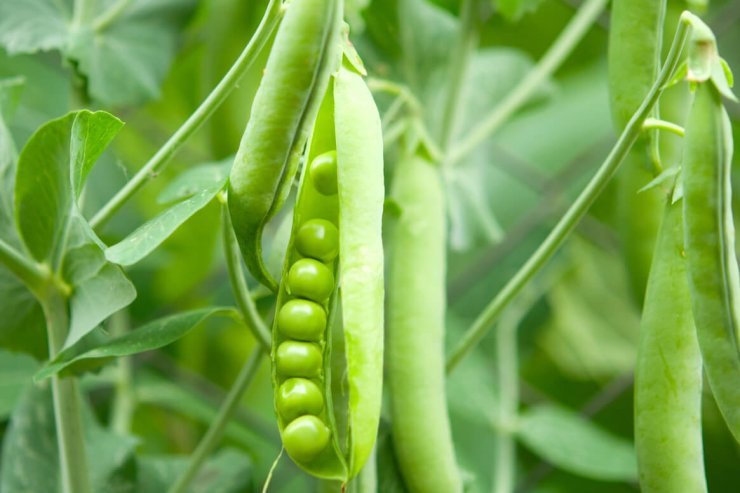
peas growing on the farm
Peas
March is prime pea-planting time in zones 4-6. These nitrogen-fixing vegetables actually prefer cool weather and can germinate in soil temperatures as low as 40°F. The cool conditions of early spring promote strong root development and vigorous growth. Plant them as soon as you can work the soil – peas planted in March often outperform those planted later in spring.
Recommended varieties:
- Oregon Sugar Pod II: Quick-maturing snow pea perfect for early planting
- Green Arrow: Reliable shelling pea with excellent cold tolerance
- Sugar Ann: Early snap pea that produces well in cool weather
- Progress #9: Compact variety ideal for small gardens
Try pre-soaking your pea seeds overnight to speed up germination, and consider using a pea inoculant to boost nitrogen fixation. Install trellises at planting time to avoid disturbing roots later.
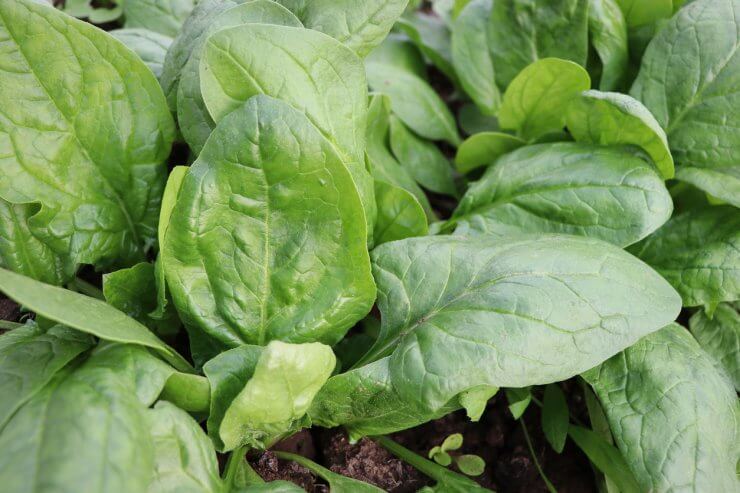
Space Hybrid Spinach
Spinach
Spinach thrives in the cool conditions of early spring and can germinate in soil as cold as 35°F. March planting gives you sweet, tender leaves before summer heat triggers bolting. The freezing nights and warm days of early spring actually improve spinach’s flavor and texture. Keep soil consistently moist during germination for best results.
Recommended varieties:
- Bloomsdale Long Standing: Classic variety with excellent cold tolerance
- Tyee: Hybrid variety resistant to bolting
- Winter Giant: Large leaves perfect for cooking
- Space: Smooth-leaved variety ideal for salads

Freshly harvested radishes
Radishes
These spicy roots are perfect for impatient gardeners in zones 4-6. March-planted radishes develop better flavor and crisper texture than those grown in warmer weather. Plant seeds every week for continuous harvests, and keep soil consistently moist to prevent splitting and pithiness.
Recommended varieties:
- Cherry Belle: Classic red radish ready in 21 days
- French Breakfast: Elongated roots with mild flavor
- Easter Egg: Colorful mix that adds variety
- White Icicle: Long white roots that resist pithiness
Starting Seeds Indoors
March is prime time for starting many vegetables indoors in zones 4-6. Here’s what you can start now for transplanting later:
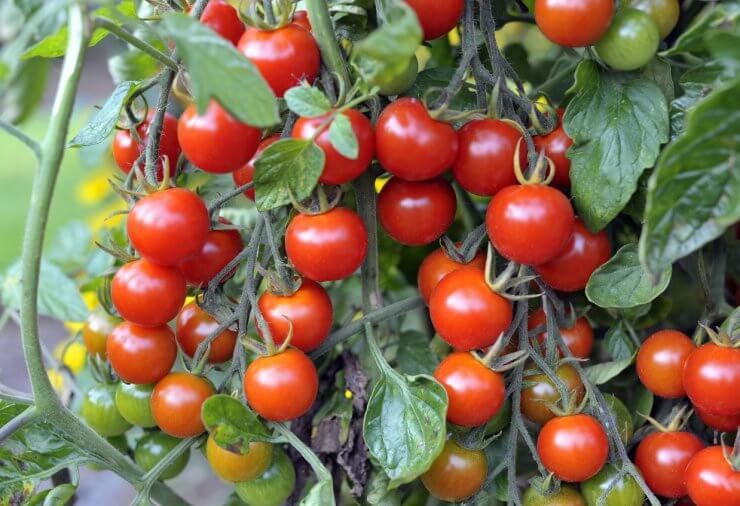
Sweet Million Hybrid Cherry Tomatoes
Tomatoes (Start 6-8 weeks before last frost)
March seed starting gives your tomatoes the long season they need to produce well in zones 4-6. Start them indoors 6-8 weeks before your last frost date. Provide plenty of light to prevent leggy growth, and harden off carefully before transplanting.
Recommended varieties:
- Early Girl: Reliable producer for short seasons
- Northern Exposure: Cold-tolerant beefsteak type
- Stupice: Czech variety that handles cool weather
- Sub-Arctic Plenty: Ultra-early variety for cold climates
Use a heat mat to maintain soil temperature around 75°F for best germination. Once seedlings emerge, provide 14-16 hours of strong light daily.
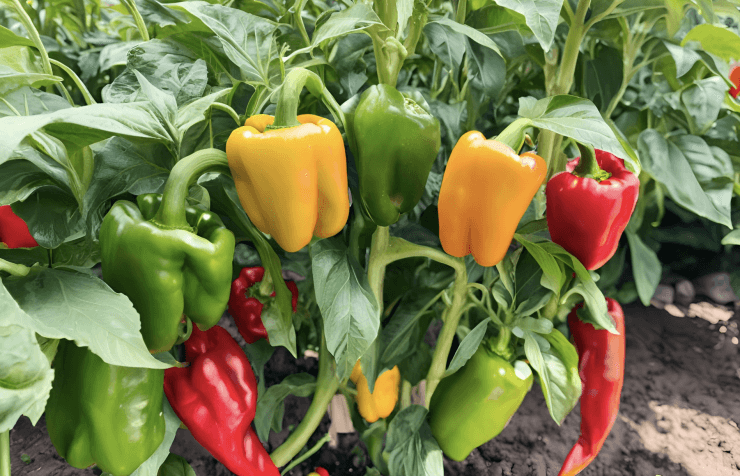
Peppers (Start 8-10 weeks before last frost)
Peppers need a long season to produce well in zones 4-6, making March indoor starting essential. These heat-lovers need consistent warmth to germinate, so use a heat mat until seedlings emerge. Grow them under strong light to prevent stretching.
Recommended varieties:
- King of the North: Reliable bell pepper for northern gardens
- Hungarian Hot Wax: Early-maturing hot pepper
- Sweet Banana: Productive in cooler weather
- Ace: Early-maturing bell pepper
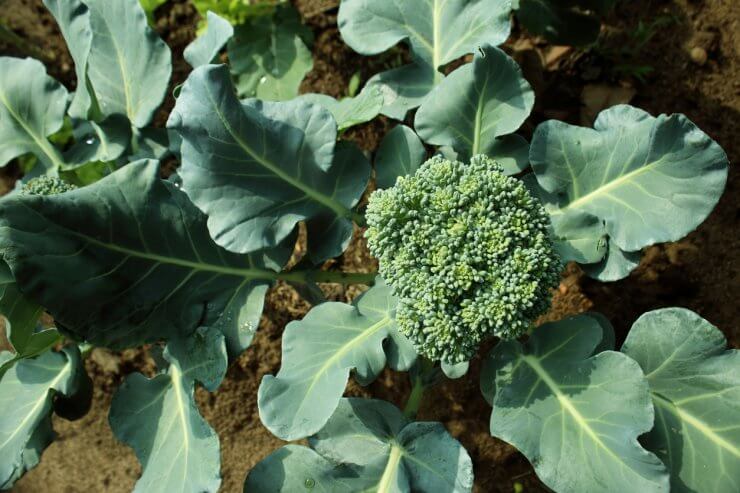
Broccoli (Start 6-8 weeks before last frost)
March-started broccoli will be ready to transplant just as spring weather arrives. These cool-season vegetables actually produce better heads when they mature in mild weather. Provide consistent moisture and bright light to prevent leggy growth.
Recommended varieties:
- Green Magic: Heat-tolerant variety for late spring
- Calabrese: Classic Italian variety
- Belstar: Compact plants good for small gardens
- Eastern Magic: Disease-resistant hybrid
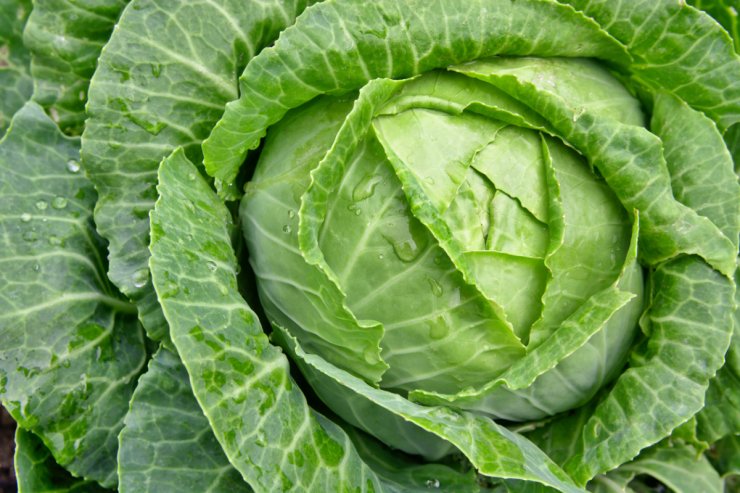
Cabbage (Start 6-8 weeks before last frost)
March-started cabbage will thrive in the cool spring conditions of zones 4-6. These hardy vegetables can handle light frost once hardened off, making them perfect for early spring gardens. Provide strong light to prevent stretching, and start fertilizing with half-strength solution when true leaves appear.
Recommended varieties:
- Golden Acre: Early maturing variety perfect for short seasons
- Early Jersey Wakefield: Pointed heads with great flavor
- Stonehead: Compact plants ideal for small gardens
- Red Express: Fast-maturing red cabbage
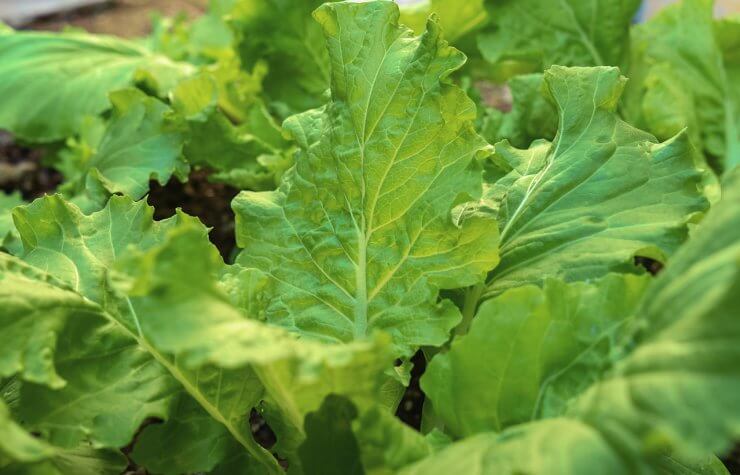
Lettuce (Start 4-6 weeks before last frost)
While lettuce can be direct sown later, starting some indoors in March gives you the earliest possible harvest. These cool-season crops appreciate gentle handling and consistent moisture. Provide bright light but avoid excessive heat, which can lead to bitter leaves.
Recommended varieties:
- Buttercrunch: Heat-tolerant butterhead type
- Red Sails: Colorful loose-leaf variety
- Winter Density: Compact romaine for early spring
- Marvel of Four Seasons: Beautiful butterhead type
Herbs
March is perfect for starting a variety of herbs indoors:
- Basil (8-10 weeks before last frost)
- Parsley (10-12 weeks before last frost)
- Oregano (8-10 weeks before last frost)
- Thyme (8-10 weeks before last frost)
March Garden Tasks
- Test stored seeds for viability
- Clean and sanitize seed starting containers
- Check grow lights and heat mats
- Order any remaining seeds needed
- Make or update garden plans
- Clean and sharpen tools
- Start a garden journal to track planting dates and varieties
- Check stored bulbs and tubers for rotting
- Begin hardening off any early transplants on mild days
- Remove winter mulch gradually as weather permits
Tips for Seed Starting Success:
- Use fresh, high-quality potting mix
- Label everything – seriously, you won’t remember what’s what
- Maintain good air circulation to prevent damping off
- Bottom water when possible to avoid displacing seeds
- Check moisture levels daily – heat mats can dry soil quickly
Remember, March is just the beginning of our growing season in zones 4-6. While it might still look like winter outside, these early preparations and plantings set the stage for a bountiful garden in the months to come. Keep an eye on those weather forecasts, and don’t be afraid to experiment – gardening is all about learning what works in your specific microclimate.
What are you planning to start in your March garden? Are you trying any new varieties this year? Drop a comment below and let’s share our early spring gardening adventures!


 Previous
Previous

